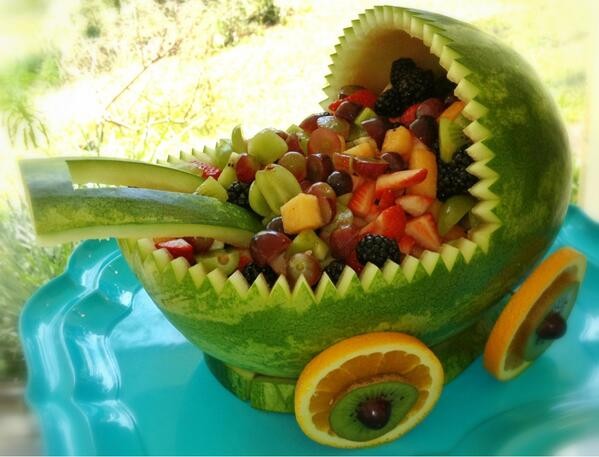Besides fruit being a low-calorie food, a new study reveals that the fructose natural sugar is why people are still hungry and craving food after eating fruits. They will likely even be hungrier after eating fruits in a high-calorie fruit salad.
Scientists focused on discovering why fruit is not filling. There were 24 volunteers in their study.
The researchers asked the volunteers to view pictures of non-food items and high-calorie foods while consuming two natural sugars: glucose and fructose. The participants then rated their hunger and food craving.
Fructose is contained in the majority of fruits and vegetables, while glucose is contained in carbohydrates, according to Pierce Pioneer. They both have the same caloric value, but are processed differently by humans.
The scientists made some fascinating findings. They discovered that those who consumed fructose were hungrier and craved food more than those who consumed glucose.
The researchers explain that ingesting more fructose than glucose activates the brain's regions related to the processing of "attention and reward," according to Science Times. It might also encourage more eating.
After the experiment, the volunteers had the choice to be served delicious food or to receive money one month afterwards. Kathleen Page of Kreck School of Medicine explains that the consumers of fructose were willing to "give up" the money to receive high-calorie foods.
The study's scientists also conducted blood tests and brain scans of the participants. This showed how fructose and glucose affected the volunteers' brains, hormones, and "hunger response."
Fructose is used in many modern sweeteners. Page explains that consuming fructose could be greatly causing today's "obesity epidemic."
The study's researchers recommend lowering how much fructose people consume to around 15g (.5oz) per day. The best way to lower the intake of fructose is to eat less sugar sweeteners.
The findings of the research team from the University of Southern California were published in the journal Proceedings of the National Academy of Sciences.



























